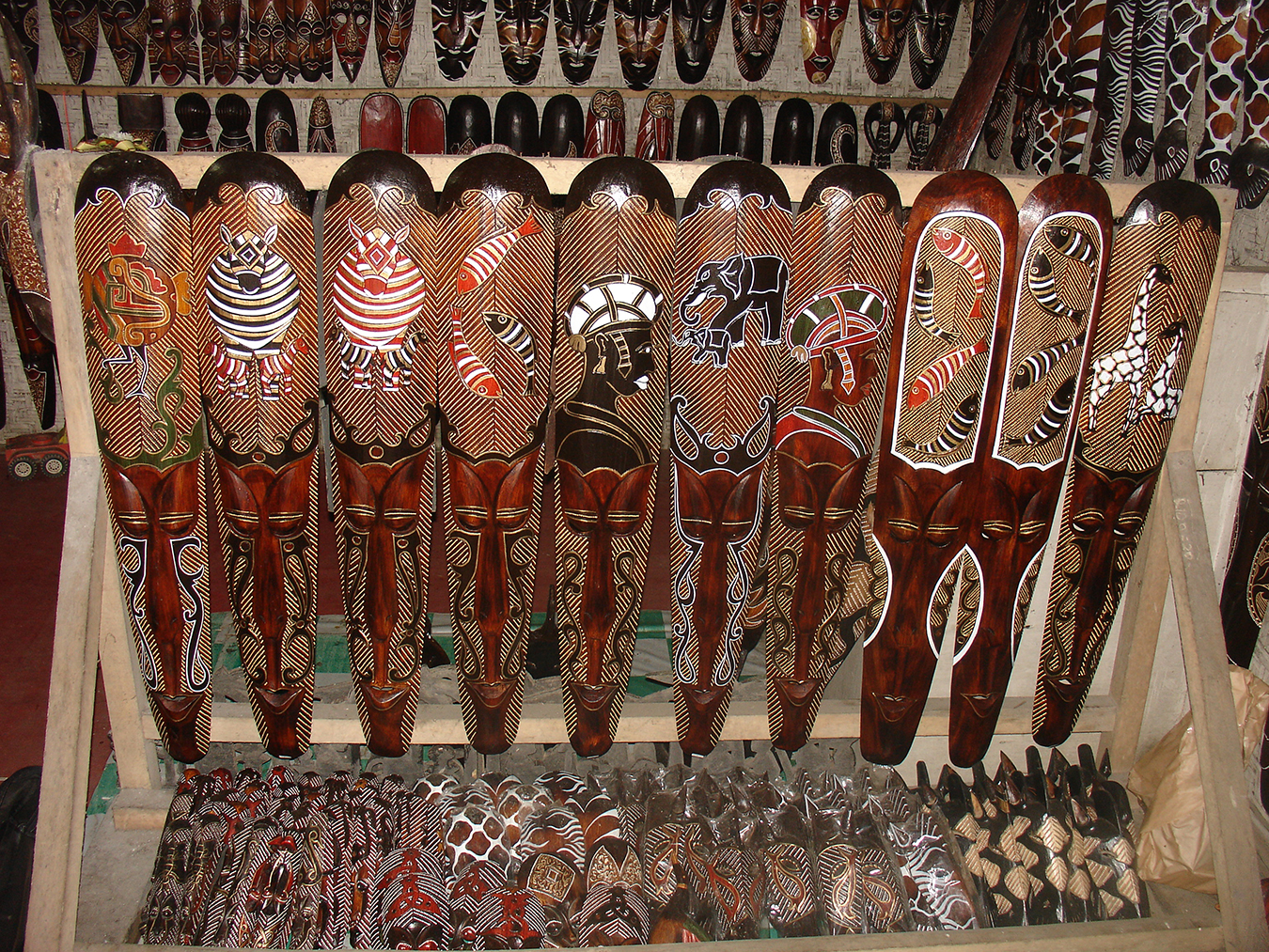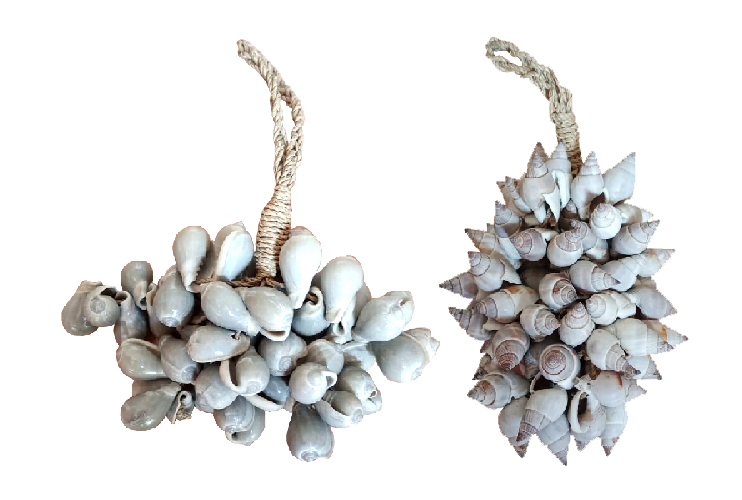I remember the first time I walked into a Bali decor shop. The air was filled with the scent of sandalwood, and every corner seemed to glow with a soft, warm light. The textures, the colors, and the craftsmanship of the pieces on display weren’t just beautiful—they were alive with culture and tradition. From intricate wood carvings to handwoven baskets, every item had a story to tell. I had just moved into a new home, and the idea of filling it with decor that wasn’t just pretty but also meaningful really resonated with me. And that’s when my love affair with Bali decor began.
I’ve made my fair share of mistakes, though. The first time I bought some pieces, I went for everything that caught my eye, without considering how they’d fit into my space. Turns out, when you cram too many statement pieces into one room, they start to compete with each other rather than complementing the space. It was like my living room was shouting at me. But after that first misstep, I learned a lot about how to integrate Bali-style decor into a home in a way that feels balanced, serene, and welcoming.
Start with the Basics: Natural Materials and Neutral Colors
One of the things that sets Bali decor apart is its emphasis on natural materials. You’ll see lots of wood, bamboo, rattan, and stone in traditional Balinese designs. These materials not only reflect Bali’s tropical environment but also add a natural warmth to any room.
When I started decorating my own home with Bali-inspired pieces, I quickly learned that neutral tones—like beige, cream, and soft browns—serve as the perfect backdrop for the more detailed and ornate pieces you might want to feature. I found that a rattan chair or a teak coffee table stood out more in a room with neutral walls and flooring. It’s almost like the simpler the base, the more the decor gets to shine.
A pro tip: Start small. You don’t need to go all out and buy a whole room’s worth of decor at once. Begin with one or two key pieces, like a carved wood mirror or a woven basket. Then slowly build around them. Not only does this help keep your space from feeling overcrowded, but it also allows you to be intentional about each item you bring in.
Incorporate Traditional Balinese Art
Another huge aspect of Bali decor is art, particularly traditional Balinese paintings and wood carvings. The first painting I bought was a colorful depiction of a traditional Balinese market scene, and it immediately added a sense of place and culture to my living room. What I didn’t realize at first, though, was how important it is to consider the size and placement of these artworks.
I initially hung the painting on a wall that already had too much going on—there were shelves, other frames, and even a lamp nearby. It made the space feel cluttered, and the beauty of the painting was lost. So, I learned the hard way that giving traditional Balinese art its own space to breathe is crucial. These pieces are intricate and detailed, and they deserve to be the focal point of the room.
One little design trick I’ve picked up is to create a “gallery wall” with a mix of traditional art and modern pieces. I have a wall in my home where I combined a Bali wood carving with some modern, minimalist prints. The contrast actually works really well together. It’s like the best of both worlds—modern simplicity and cultural depth.

Add in Some Soft Textures
I used to think Bali decor was all about the hard materials—wood, stone, and metal—but then I started paying more attention to the softer side of things. Bali is known for its textiles, especially handwoven fabrics and batik prints. These textiles can add a soft, comfortable layer to your space. Plus, the patterns are often symbolic, so you’re not just decorating—you’re telling a story.
One of my favorite discoveries was a handwoven ikat throw that I draped over my bed. It instantly gave the room a cozy, bohemian feel while still maintaining that tropical vibe. I also started experimenting with cushions and rugs made from natural fibers like jute or sisal. Not only do they look great, but they also hold up really well in high-traffic areas.
And here’s a little side note: Don’t be afraid to mix and match patterns. It took me a while to get comfortable with that, but I found that Balinese textiles tend to pair well together even if they seem a bit busy at first glance. Just keep the color palette cohesive, and you’ll find that the patterns actually complement each other instead of clashing.
Don’t Forget the Lighting
I’ll be honest, lighting was the last thing I thought about when I first started incorporating Bali decor into my home. But it turns out, lighting can make or break the vibe of a room. In Bali, many homes use soft, ambient lighting that makes everything feel warm and inviting. Once I started swapping out my harsh overhead lights for softer options—like bamboo pendant lamps or candles—it completely transformed the atmosphere.
One thing I really love about Balinese lighting fixtures is their craftsmanship. A lot of the pendant lights and lanterns are handwoven, and the intricate designs create beautiful shadows on the walls when the lights are on. It adds a whole new dimension to the room. I bought this gorgeous bamboo lantern on a whim, and it ended up being one of my favorite purchases. Now, when I have friends over, they always comment on how cozy the space feels, and honestly, I think the lighting plays a big part in that.
Create an Indoor-Outdoor Connection
Bali decor is all about embracing the natural world, so creating a flow between your indoor and outdoor spaces is key. Whether you live in a tiny apartment or a house with a big backyard, there are ways to bring the outdoors in. I started by placing a few potted plants around my home—some lush, tropical varieties like palms and ferns. Not only did it give the place a fresh feel, but it also made my space feel more alive.
If you have the space, consider adding large sliding glass doors or even just positioning your furniture to face a window with a view of the outdoors. I rearranged my living room to make the most of the sunlight coming in through a large window, and it completely changed the feel of the room. Suddenly, the space felt more open, more serene. I also added a small water feature—a tabletop fountain—that gives off this soft, calming sound. It’s a little touch, but it makes a big difference in creating that indoor-outdoor harmony.
Choosing Statement Pieces Without Overdoing It
When I first dove headfirst into Bali decor, I was like a kid in a candy store. Everywhere I looked, I saw something I wanted: intricately carved Buddha statues, massive teak wood mirrors, vibrant batik tapestries. But as I mentioned earlier, my initial approach was all wrong. I wanted to buy it all, and before I knew it, my living room felt more like a Balinese souvenir shop than a cozy, thoughtfully curated space. The lesson I learned? Statement pieces are exactly that—statements—and when you have too many statements competing for attention, the effect is overwhelming rather than striking.
So, after my first overenthusiastic decorating spree, I took a step back and reevaluated. I focused on quality over quantity. Instead of cramming every surface with decor, I chose a few larger, eye-catching pieces and allowed them to shine. A good example is this gorgeous, hand-carved wooden screen I found. It’s a traditional Balinese divider with intricate patterns, and it’s stunning. By giving it room to breathe, it stands out as a centerpiece, and the rest of the room feels balanced.
One tip I’d pass along to anyone going for a Bali-inspired aesthetic: prioritize one or two statement pieces per room, whether it’s a grand wooden mirror, an ornate headboard, or a large piece of traditional art. Let those pieces be the focal point, and complement them with simpler items that echo the natural, serene vibe of Bali decor.
Incorporating Spiritual Elements: Creating a Zen Space
One of the things that really stands out about Bali decor is its connection to spirituality. Bali is a predominantly Hindu island, and many homes incorporate small altars or shrines dedicated to daily offerings and prayer. While you don’t need to adopt Balinese religious practices to incorporate these spiritual elements, there is something incredibly peaceful about adding touches that promote mindfulness and calm.
For me, creating a small meditation corner was a game changer. I picked up a simple stone Buddha statue from a local artisan and placed it in a quiet nook of my living room, surrounded by candles and a couple of plants. I didn’t turn it into a full-blown shrine, but it quickly became my favorite spot to relax, meditate, or just take a moment of silence. The soft glow from the candles and the greenery around the statue create such a calming atmosphere.
If you’re someone who craves a bit of peace and serenity in your home (and who doesn’t?), I’d highly recommend setting up a similar space. It doesn’t have to be religious, but incorporating a few elements that encourage mindfulness—like a statue, a few candles, and maybe some incense—can turn a regular corner of your house into a personal retreat.
Mixing Bali Decor with Modern Design: Finding the Balance
One of the biggest challenges I faced was figuring out how to mix my love of Bali decor with my existing, more modern pieces. At first, I thought it was all or nothing. Either I go full-on Bali, or I stick with the minimalist, Scandinavian style I already had going on. But after a bit of trial and error (and more rearranging furniture than I’d like to admit), I realized that blending the two styles was not only possible—it actually worked better than I expected.
Here’s the thing: Bali decor is versatile. While it’s rooted in tradition, many of its elements can be adapted to suit modern spaces. For example, I have this sleek, minimalist coffee table in my living room—very clean lines, dark wood, super modern. I paired it with a few Bali-inspired accessories, like a woven tray filled with small wooden carvings and a rattan lantern. The contrast between the modern table and the more organic, handcrafted elements creates a nice balance.
My advice? Don’t feel like you have to overhaul your entire space to embrace Bali decor. Start by adding a few Bali-inspired touches to your existing setup. A rattan chair here, a teak bowl there—these small accents can blend seamlessly with modern furniture, giving your home an eclectic, yet cohesive, look. Plus, it keeps the overall vibe from feeling too themed or kitschy.
Sustainable Choices: Choosing Eco-Friendly Bali Decor
One thing that I came to appreciate as I delved deeper into Bali decor was its emphasis on sustainability. Many of the materials used—such as bamboo, rattan, and reclaimed wood—are not only beautiful but also environmentally friendly. Bali artisans have a long tradition of using natural, locally sourced materials to create their products, which means that by choosing these pieces, you’re often supporting eco-friendly practices.
I started paying more attention to where my decor was coming from and the impact it was having on the environment. For instance, I found a set of handwoven rattan baskets that were made by a small collective of women in Ubud. Knowing that these baskets weren’t mass-produced, and that I was supporting local artisans who were using sustainable practices, made the purchase feel more meaningful.
If you’re passionate about sustainability (or even just a little eco-conscious), Bali decor is a great way to bring both beauty and ethical craftsmanship into your home. Look for items made from recycled or reclaimed materials, like old teak wood from demolished buildings, or woven products made from fast-growing plants like bamboo and water hyacinth. Not only are these materials more sustainable, but they also tend to be incredibly durable—so your decor will last for years.
Bringing Balinese Outdoor Living into Your Home
One of my favorite things about Bali is the way homes seamlessly blend indoor and outdoor spaces. In Bali, it’s not uncommon to see large, open-air living rooms, or gardens that feel like an extension of the house. The natural beauty of the island is integrated into everyday life, and it’s something I’ve tried to replicate in my own home, even though I don’t live anywhere near a tropical paradise.
Obviously, not all of us can knock down a wall and open our homes to the jungle, but there are still ways to bring that Balinese outdoor-living vibe inside. I added a few indoor plants—things like monstera, snake plants, and bamboo palms—and suddenly my living room felt more lush and alive. The greenery added this sense of calm, and I didn’t have to water them as often as I thought I would (bonus!).
Another thing I did was create a little indoor/outdoor connection by using natural textures like woven mats and bamboo shades. If you’ve got a patio or balcony, try using similar decor outside and inside to make the two spaces feel connected. I even added a small water feature—just a simple, tabletop fountain—and the sound of trickling water made my tiny city balcony feel a lot more serene.
Lessons Learned on My Bali Decor Journey
If there’s one thing I’ve learned through my experience with Bali decor, it’s that less is more. While I initially went overboard, filling my space with everything I could find, I quickly learned that the magic of Bali decor lies in its simplicity. It’s about creating balance—between statement pieces and subtle accents, between modern and traditional elements, and between indoor and outdoor living.
Another big lesson? Don’t be afraid to take your time. Decorating with Bali-inspired pieces is not a race. In fact, some of my favorite finds have come from just waiting for the right item to cross my path. Whether it’s an intricately carved teak sculpture or a soft ikat throw, the pieces that feel most special are the ones that I didn’t rush into buying.
And above all, enjoy the process. Bali decor is about more than just filling a room with pretty things. It’s about bringing peace, serenity, and a sense of connection to your space. So take your time, choose pieces that speak to you, and let your home evolve in its own beautiful way.







